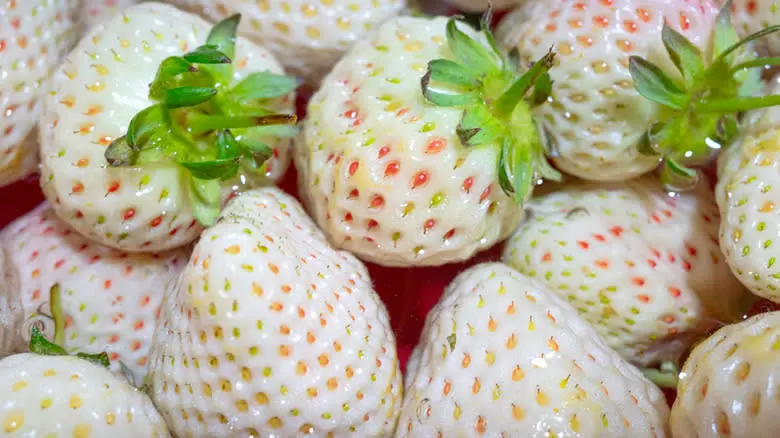The Enigmatic Allure of White Strawberries
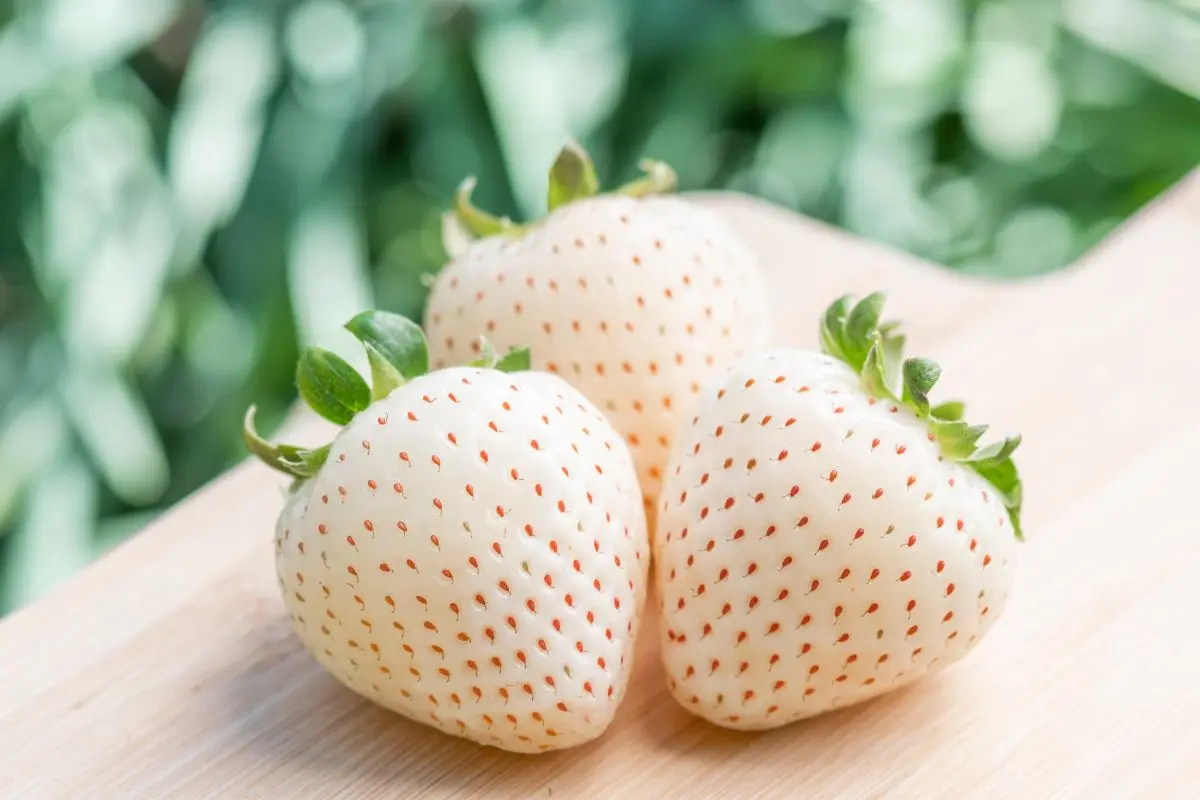
In a world accustomed to the vibrant red of ripe strawberries, the appearance of their pale counterparts, white strawberries, often sparks curiosity and intrigue. These unique berries, while visually distinct, offer more than just a novel aesthetic. They represent a fascinating intersection of genetics, flavor profiles, and culinary potential. Unlike unripe red strawberries, white strawberries are intentionally cultivated for their lack of the typical red pigmentation, resulting in a creamy white or pale pink hue dotted with red seeds. This absence of red color is the most immediately striking feature, setting them apart in farmers' markets and gourmet dishes alike.
Unpacking the Genetics Behind the Pale Hue

The secret to the white strawberry's unique coloration lies in its genetic makeup. Most notably, varieties like the popular 'Pineberry' (a hybrid of Fragaria chiloensis and Fragaria virginiana) lack a specific protein responsible for producing anthocyanins, the pigments that give red strawberries their characteristic color. Despite this difference in pigmentation, the genetic pathways responsible for flavor and aroma development remain largely intact. This means that while they may look different, white strawberries can still possess the sweet, aromatic qualities we associate with their red relatives. The 'Pineberry', for instance, is renowned for its flavor that hints at pineapple, adding another layer of intrigue to its appeal.
A Symphony of Subtle Flavors and Aromas
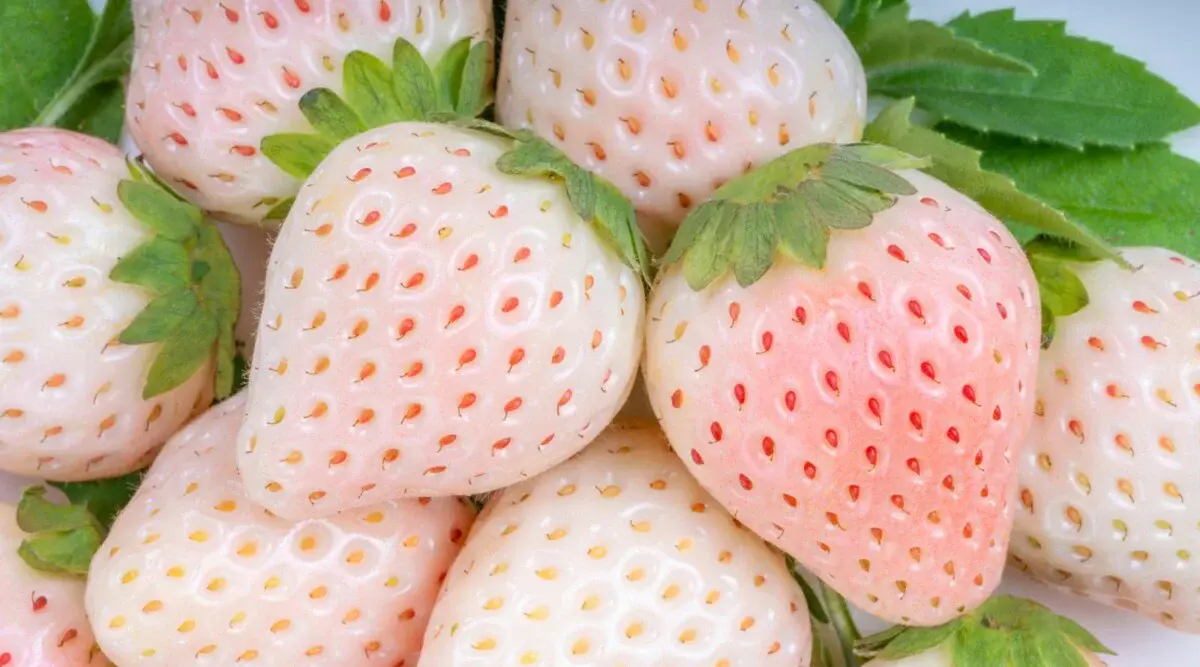
Beyond their visual appeal, white strawberries offer a nuanced flavor experience. Often described as sweeter and less acidic than traditional red strawberries, they possess delicate floral notes and a unique aromatic profile that can vary depending on the specific variety. The 'Pineberry' with its tropical hint is a prime example, but other white varieties may offer notes of vanilla, pear, or even bubblegum. This subtle complexity makes them a favorite among chefs and food enthusiasts looking for a unique twist on familiar flavors. Their milder acidity also makes them appealing to those who find traditional strawberries too tart.
Culinary Versatility and Growing Popularity
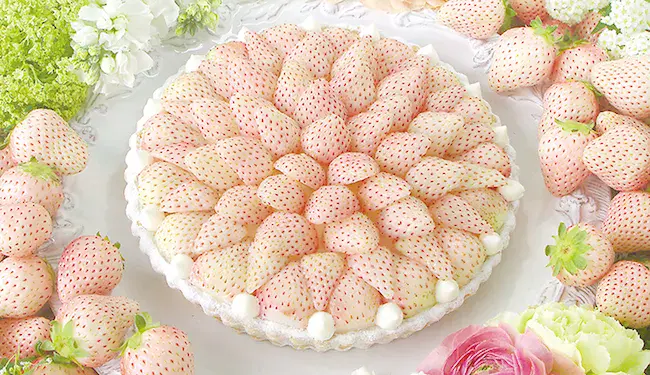
The unique characteristics of white strawberries lend themselves to a variety of culinary applications. Their pale color makes them ideal for desserts and presentations where a non-red berry is desired, preventing color bleeding in delicate pastries or fruit salads. Their distinct flavor profiles can elevate both sweet and savory dishes, adding a touch of elegance and surprise. While still less common than red strawberries, white varieties are gaining popularity among home gardeners and commercial growers alike, driven by consumer interest in unique and flavorful produce. As more people discover their subtle charms, white strawberries are poised to become a more familiar and appreciated addition to our fruit repertoire.
Recommended

This Pennsylvania Pizza Style Is The Most Controversial One Yet
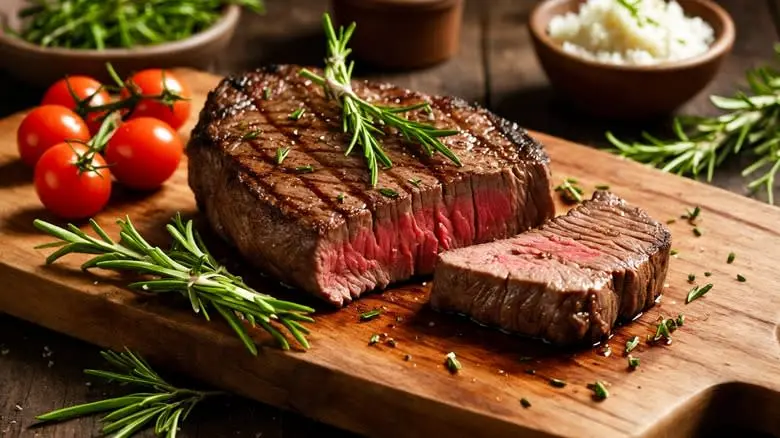
The 'Rule Of 3s' Is Your Foolproof Method For Cooking Steak

What Kind Of Meat Does Wendy's Use For Its Breakfast Baconator?

You Shouldn't Bother Buying Wings From This Popular Pizza Chain. Here's Why
Next up

